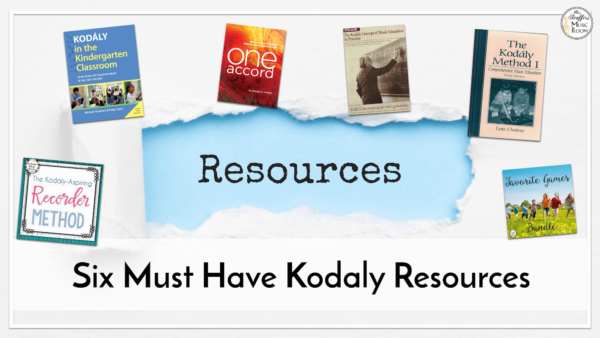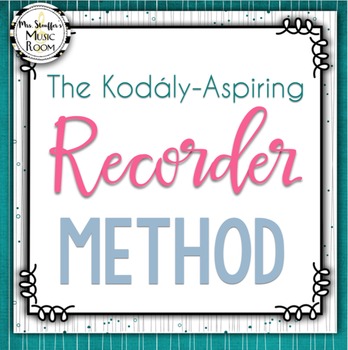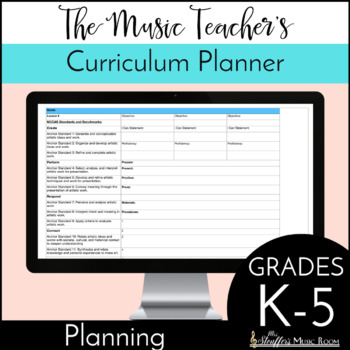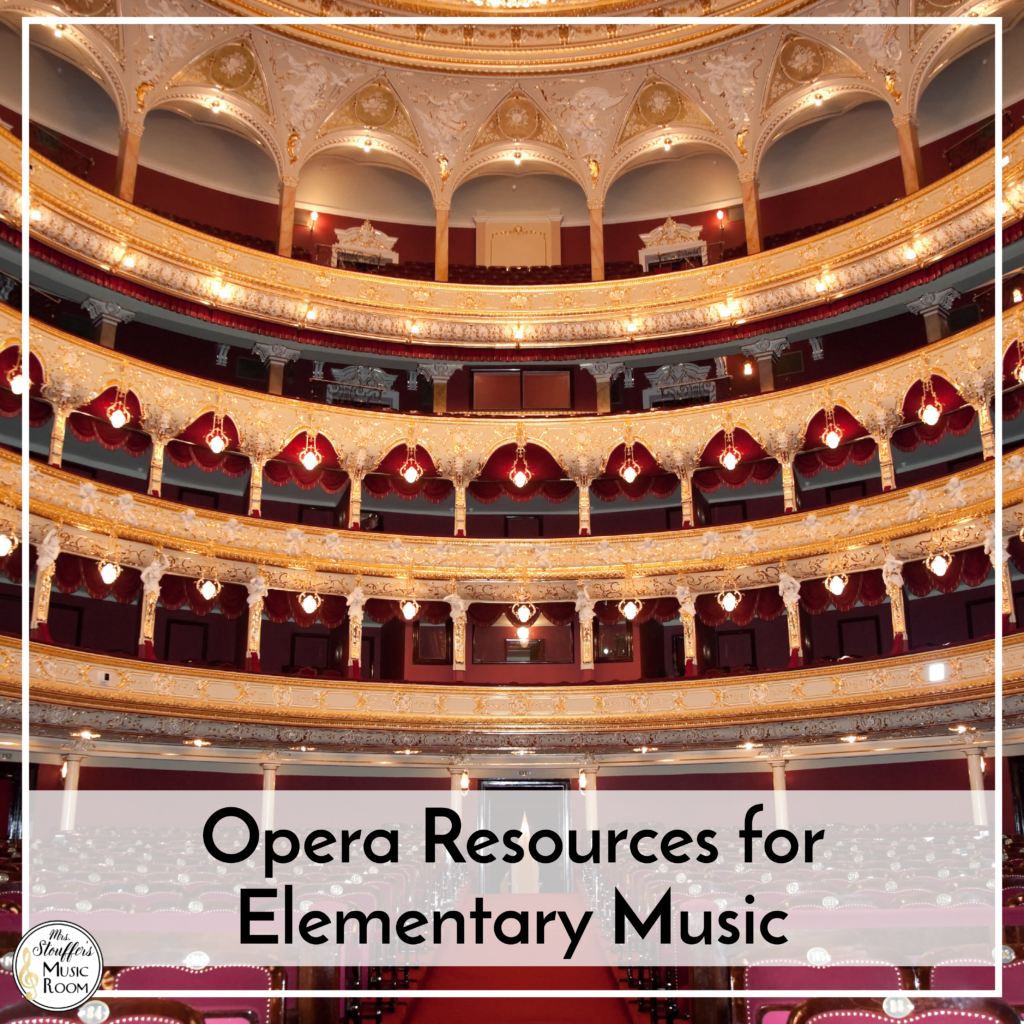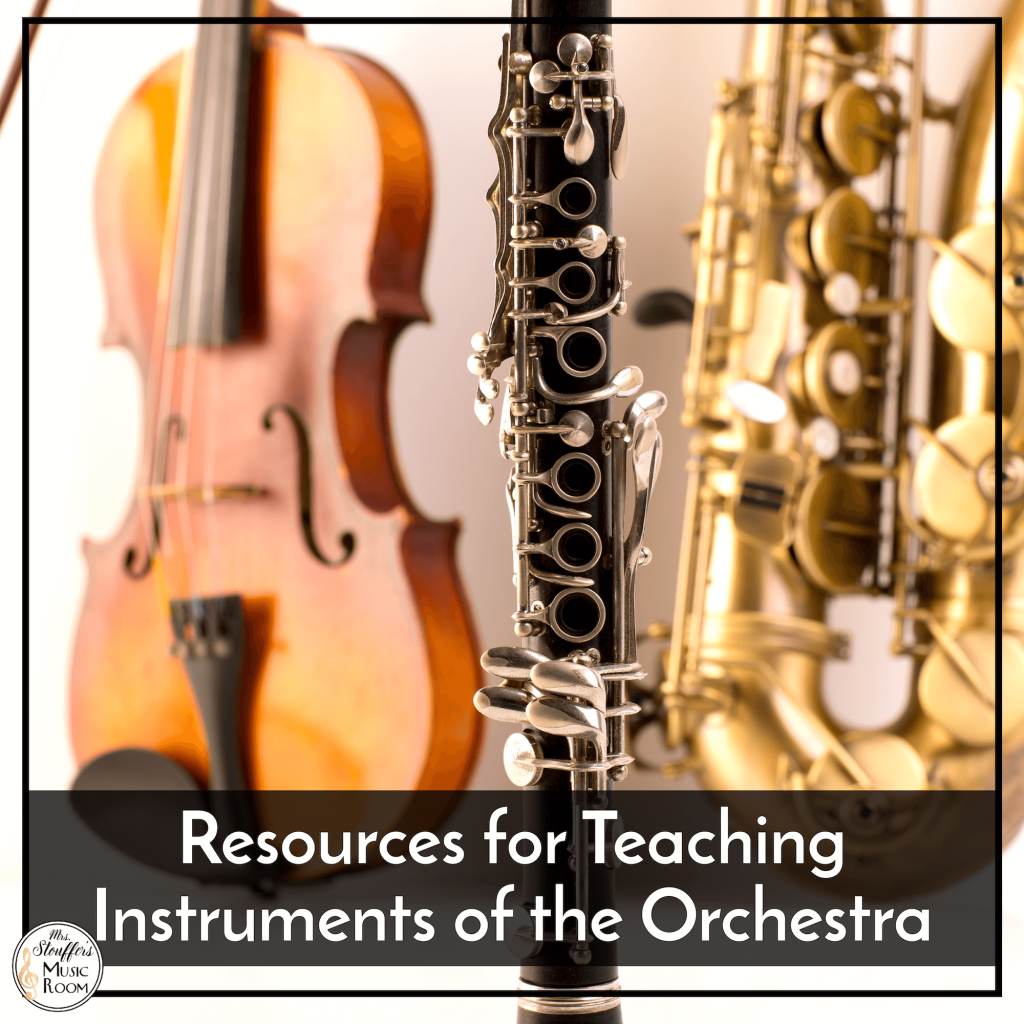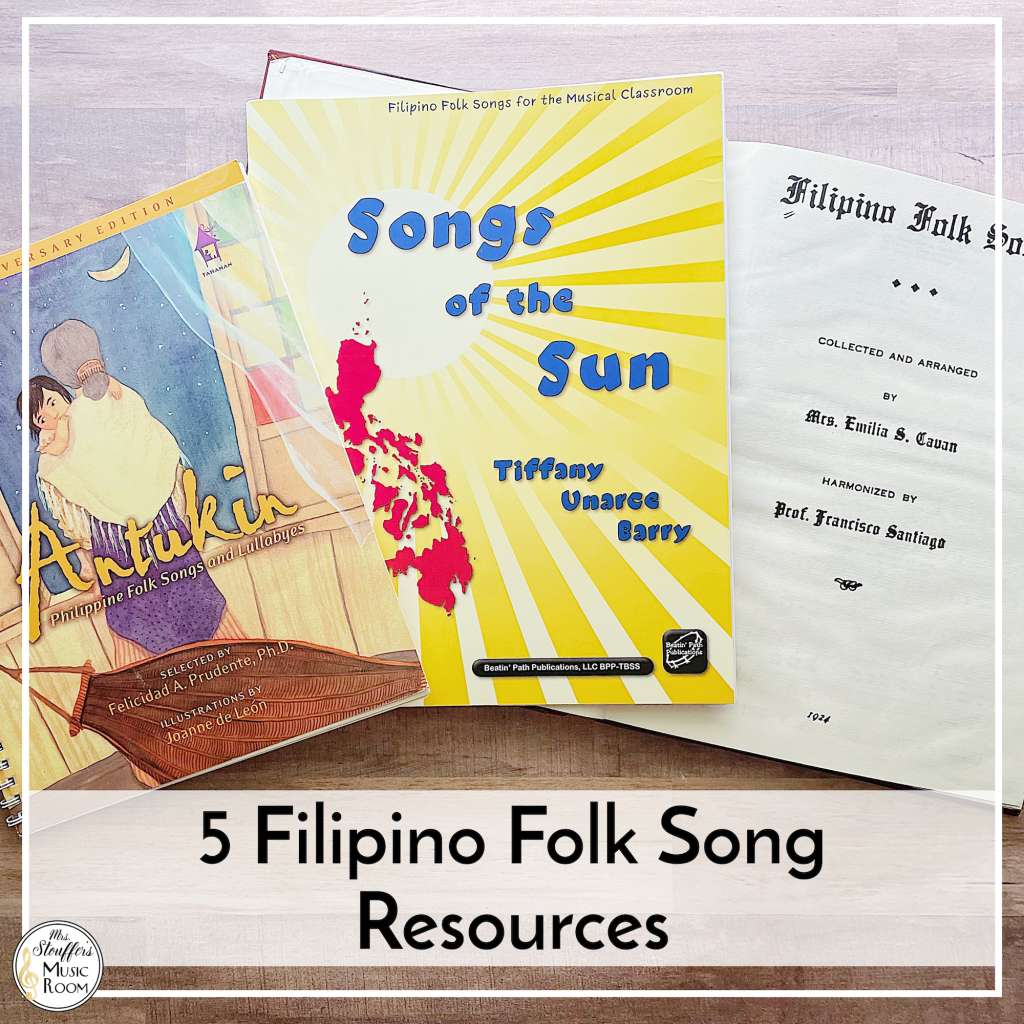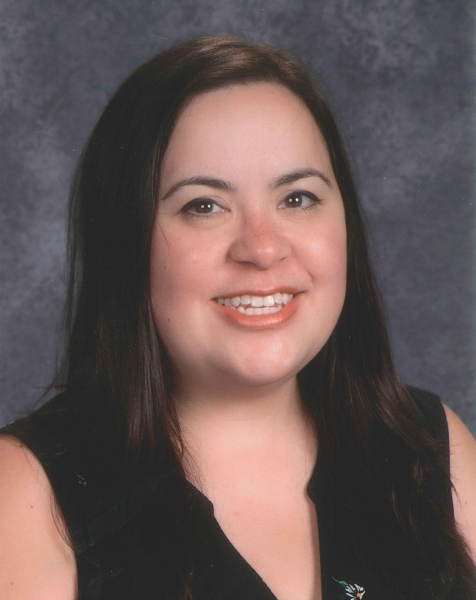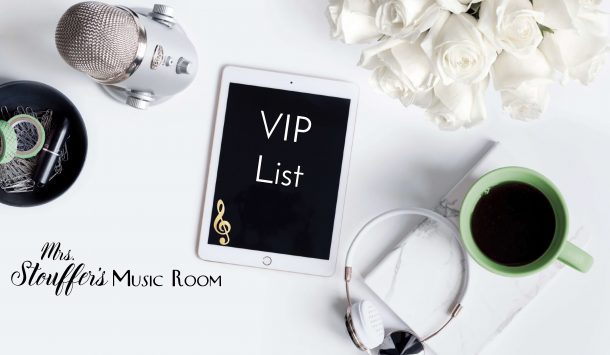Do you want to spend your budget money to upgrade your curriculum? Are you looking to get into the Kodály way of teaching by getting some of the best resources? I’m kind of addicted to finding the best resources out there for my friends and colleagues in a bunch of different music-teacher areas, but Kodály-inspired is one of the methods I love the best.
However, there are a TON of Kodály resources out there, and it can be hard to know where to start. So I did the hard work for you and went through a lot of them and found my favorite 6 must-have resources for Kodály teachers. Full disclosure: Some affiliate links. I get a small kickback and it won’t change your price. No pressure!
6 must-have resources for Kodály teachers:
- The Kodály Method I
- The Kodály Concept of Music Education in Practice – DVD
- Kodály-Aspiring Recorder Method
- One Accord: Developing Part-Singing Skills in School-Aged Musicians
- Favorite Games Bundle, Kodály Method Folk Song Files
- Kodály in the Kindergarten Classroom
What Is Kodály Teaching?
There is a TON written about Kodály teaching and what exactly it is. I’m not going to reinvent the wheel here with my definition, but I’ll try to put it in terms of what Kodály is to me. If you don’t like my definition or want more information, please go check out the Organization of American Kodály Educators and see how they define it. I also really enjoy the Alliance For Active Music Making’s article intro on Kodály too (written by Jill Trinka, no less!)
To me, Kodály is not so much a universal curriculum or method but a set of commonly held beliefs about music education and common tools for use. These may include:
- A sequential curriculum building from simple to difficult rhythmic and melodic concepts
- Pulling song repertoire from authentic and culturally relevant folk songs
- Using pictures and movement to represent the concepts
- Using solfege and rhythm syllables for assistance in learning concepts
- Using movement and games to engage students in active music making
- Prepare, Present, and Practice concepts for deeper learning
With these in mind, you can literally teach any part of music education in a “Kodály” way catered to your students and where they’re at. It won’t look the same in every classroom and that’s a good thing! It should be tailored to YOUR students. This is why I think Kodály is so awesome!
Review Of Must-Have Resources For Kodály Teachers
I’ll break all of these resources down for you and tell you who might find them the most helpful. All of these are great, but depending on your experience with Kodály, you may want to look for something specific.
1. The Kodály Method I
OK, I’ll be honest. The Kodály Method I is an expensive textbook, but it’s also considered THE Bible for American Kodály. When Lois Choksy wrote this book, it was one of the first books to spell out for us Americans what Kodály could mean. As such, it provides a great and solid foundation for everything you may want to know about Kodály including some history on the man himself and how to plan your years and school from start to finish. Choksy also goes over specific language and teaching strategies you may use to teach rhythmic and melodic concepts.
The major complaint people have with this book (after the price) is how “outdated” it feels. Yes, the book was written a while ago, but the information in it is great. Is it going to spell out exactly what each of your lessons are from day to day? No. Is it going to give some tools needed to build your program based on what you feel is best for your students? Yes! It all depends on what you need from a resource at this point in your career.
Pros:
- Broad foundation on Kodály
- Covers historical information
- Discusses techniques on using Kodály
- Can be used as a springboard to integrating Kodály-style teaching
Cons:
- High price
- Not for daily lesson planning
2. The Kodály Concept of Music Education in Practice – DVD
The choice of including the Kodály Concept of Music Education in Practice DVD may seem out there for some folks, but when it comes to actually seeing the method in action, this is one of the best places to do this. The DVD can seem a little outdated, but the information is still helpful. Overall, the video gives a great basis of the history of the method and examples of teaching using these techniques.
If you do go check it out (or borrow it from someone), don’t shut down and start listing reasons the videoed classrooms won’t work. You know the reasons I’m talking about, we hear it all the time:
“Well, my kids would never even try that.”
“I have so many behaviors, this just wouldn’t work.”
“This seems like too much work; I don’t have this much time.”
“Well, I can’t get my kids to sing, so this would be a waste.”
Kodaly isn’t supposed to be a one-trick pony that looks the same in every classroom. But you can definitely adapt what you see to work for you or incorporate elements of it in your teaching. This DVD is a great all-around resource for those who know little of Kodály or for Kodály pros who want more background and examples.
Pros:
- Background on the whole method
- Examples of Kodály-inspired teaching in action
- Comprehensive discussion on the tools of the method and explanations for them
- Affordable price
Cons:
- Not a curriculum for classroom use
- May seem outdated (but the info is still good!)
3. Kodály-Aspiring Recorder Method
Alright, don’t click away because I included a resource I created on this list. Remember, these are ultimately MY favorite resources, and I made this for me first! That being said, I really do believe in the Kodály-Aspiring Recorder Method! In some ways, I consider it one of the best things I’ve ever made.
Personally, I’ve always struggled with the way that most method books have treated recorder. And I am not a fan of memorizing for tests and not retaining (been there). Most of them are still great, but they always approach it from a “band” perspective. The songs are usually band standards with some little exercises thrown in between them. Having been my own feeder in to a band program, I can definitely say this was much more successful at helping students remember note names and concepts as well as translating their known knowledge into new things.
When going through my levels and getting to know the Kodály way, I was really drawn to the use of folk material and the sequence of pitches and rhythms from easiest and most common to most difficult. Why can’t a recorder method be the same way?
I sat down and hammered it out with a lot of tweaks since I started (and since then). My recorder method starts with pitches, G and E, so we get sol-mi right off the bat. This also makes it easier to draw connections between your singing literacy and the instrumental literacy.
Not only this, but I focused 100% of my repertoire on songs my kids have learned as part of their earlier music education. This makes picking up the technique easier because they already know the songs! For more info on why I changed, check out my reasons why I started a new recorder curriculum.
Disclaimer: Pros and cons are pulled from reviews. I tried to stay unbiased here and report what others said about the bundle.
Pros:
- Builds better knowledge sequentially and over time compared to other methods
- Engaging visuals to go along with the music
- Aligns with typical concept sequence as taught in Kodály
- Pulls from songs they already know
Cons:
- G-E is hard to start on*
*I understand that G-E is a bit harder, but I think it’s worth it. They get to use both hands right away, and they are forced to play softer, or they’ll squeak.
4. One Accord: Developing Part-Singing Skills in School-Aged Musicians
One Accord by Georgia Newlin fits into an interesting place in my Kodály resource list. The book itself isn’t focused on a specific sequential curriculum in the way we normally look at it. The goal of the book is to take a sequential approach to developing part-singing skills as the title suggests. So Dr. Newlin looked at the concepts needed for full-on choir type part singing and broke it all down.
Each concept is backed with instantly usable examples from simple ostinati work to complicated madrigals. And all of these concepts are then backed by authentic folk songs or vocal selections throughout different parts of history and cultures. Not only this, but each concept is presented with an elementary, middle school, and high school example (which have permission to be copied for your choirs and classrooms!).
This is a must-have for Kodály teachers who look to build part-work skills, especially those teaching middle school general music or secondary choirs.
Pros:
- Sequence of part-singing skills
- Easily implemented examples for elementary, middle, and high school
- Copies are permitted
- Authentic song sources
Cons:
- Not a full curriculum, just a sequence for part-singing
5. Favorite Games Bundle, Kodály Method Folk Song Files
OK, you caught me. Here’s another one of the resources I made. But like before, I’ve found this stuff useful, and I hope you do too.
The Favorite Games Bundle fills a specific need that standard resources don’t always do.
For example, you can go and buy a great resource book on Kodály, and it’ll tell you all these great things you can do to prepare concepts with pictures and movement, present the concepts and connect to notation, and practice these skills in fun and increasingly complicated ways. But then, it leaves it all up to you to put together the pictures, notation slides, practice visuals, etc etc. This is where my bundle may come in handy.
This bundle contains 13 of my favorite folk songs filled with eye-catching visuals that go far beyond just normal notation. Inside are visuals for teaching the games, notation, pictures reinforcing concepts, and practicing activity slides.
You don’t need to have a Kodály background to use these at all, but I don’t go into specific teaching strategies with this bundle. However, while this bundle may not specifically tell you about the Kodály strategies, it does make using them instantaneous and amazingly easy.
Disclaimer: As before, I’ll reference reviews on the product. Feel free to click on over and check them yourself.
Pros:
- Visuals grab the attention of students
- Songs chosen are ones that students love
- Easy to use with teaching strategy for concept learning
- Focus on Kodály-inspired concepts and teaching elements
Cons:
- Not a full curriculum, just really good visuals for helping teach 🙂
6. Kodály in the Kindergarten Classroom
Houlahan and Tacka’s Kodály in the Kindergarten Classroom and each grade equivalent series of books has taking the music world by storm. And they have some digital resources as well.
These respected Kodály pedagogues have unbundled the dense (but comprehensive) Kodály Today into books designed for helping teach each grade level. The resources and instructional strategies in each volume are pure Kodály and easily implemented. In fact, of all the resources I listed today, this one is probably the best pick-up-and-teach-from-the-book resource. On top of the quality work, the authors themselves are very active on their Facebook group and often jump online to answer specific questions people may have. For Kodály in the modern age, it may not get much better than this.
Note: If you have taken a levels course, you could buy Kodály Today and get a lot of use out of it. If you haven’t, Kodály Today is dense and may be confusing without a framework to put it in. Start with one grade level (Kindergarten) and add one each year.
Pros:
- Specific lessons for each grade level throughout the years
- Current methodology in practice
- Authors and community is helpful
- Comprehensive curriculum covering almost every aspect of music education
Cons:
- Books are unbundled by grade level, so you’ll need to buy them all to get the full effect
Bonus Resource
This Music Teacher Curriculum Planner is definitely set up for Kodaly teachers.
It includes
- Concept Plan template
- Lesson Plan template
- Monthly Curriculum Map – done for you K-5
- Monthly Curriculum Map template
- A list of Music and Heritage events throughout the year
- An editable list of music education concepts to cover
- Year at a glance pages including a place for your personal items
- Undated calendar
- Grade level concepts at a glance pages
- Scope and Sequence template
- Scope and Sequence – done for you K-5 (based on Kodaly methodology)
- Song Analysis Template – A place for you to do a quick analysis of the music you want to use in the classroom
- Song List – A huge, editable list of songs to teach rhythm and melodic concepts
How To Learn More About Kodály
There are a few different ways to go about learning more about Kodály-inspired teaching. The hands-down best way is to do this:
Go take a levels course!!!
There’s nothing that can replace the experience of taking the classes with other people from teachers who are fully trained in Kodály. It’s not just about teaching either. The courses are all about making yourself the best musician you can be for your students AND having a meaningful music experience yourself. Do a simple search on Google, ask on your state Facebook music teacher groups, visit OAKE.org, or talk at conference to see what levels are near you.
Speaking from experience, I loved my summer studying at The University of Oklahoma at Norman and their Kodály. My colleague and fellow Kodály junkie, Zach VanderGraaff, also highly recommends the one through Indiana University. There are so many good ones out there. Go find yours!
Go to a conference! This year the National OAKE conference is in Chicago and it’s the 50th! Not only is it a chance to see some of the Kodaly big hitters and pioneers of the “method” in person, but it’s a great time to bond with music teachers from around the country! I can’t wait to see my Kodaly friends in March. Find out more here: https://www.oake.org/conferences/
In the meantime, these resources are a great place to get started and to carry you through your teaching career.
Good Luck!
I hope you found these resources helpful in getting started with your Kodály teaching.
If you know nothing about Kodály, I recommend starting with the DVD or The Kodály Method I. While these may seem a little stiff, they do a great job at giving you the foundation you need to use the other resources well. (Of course, the BEST way to start would be to take a levels course and come to some Kodály workshops! Just saying!) What are your favorite resources for Kodály?
Let me know in the comments! If you’re looking for some useful physical tools to use, check out all the manipulatives you need for under $30.

